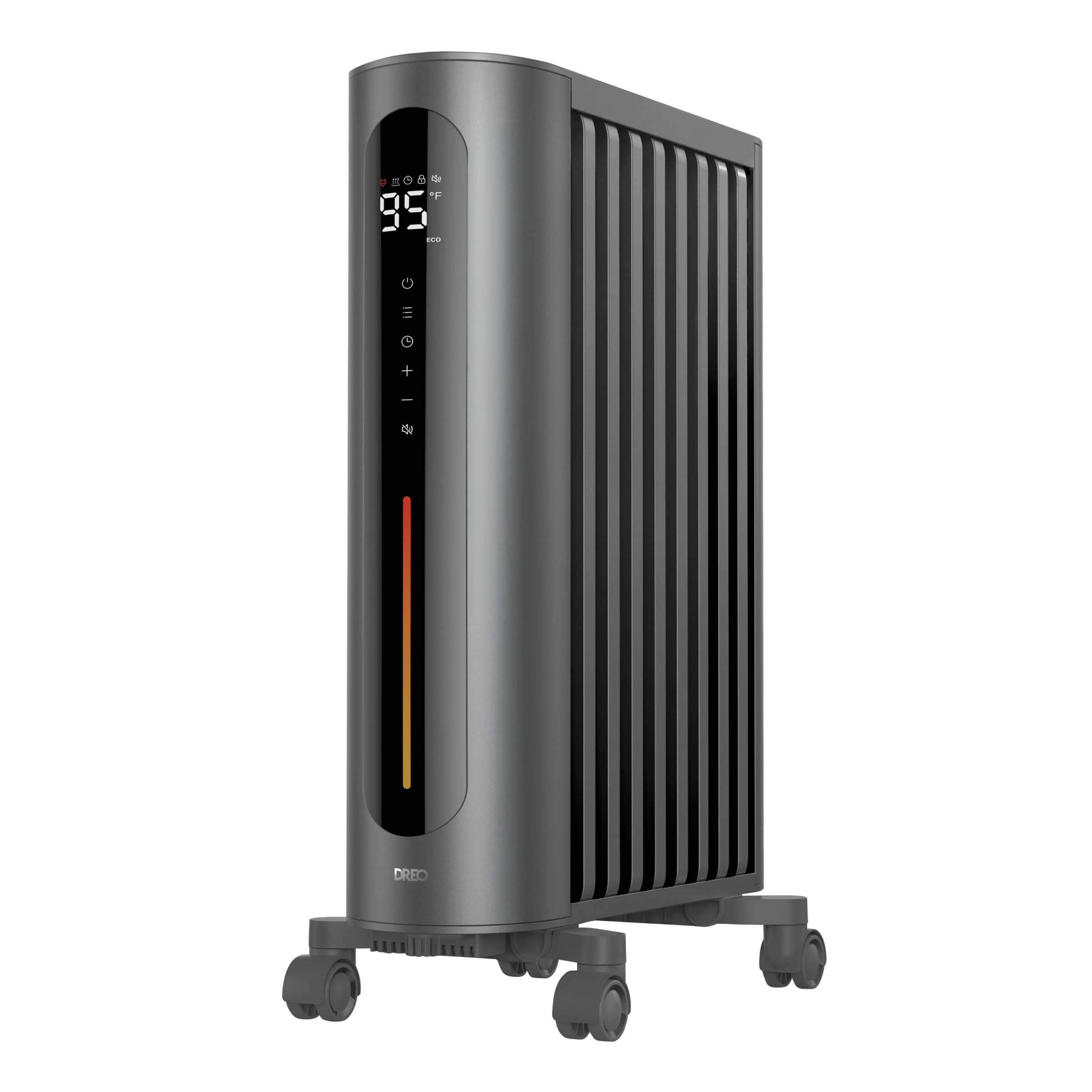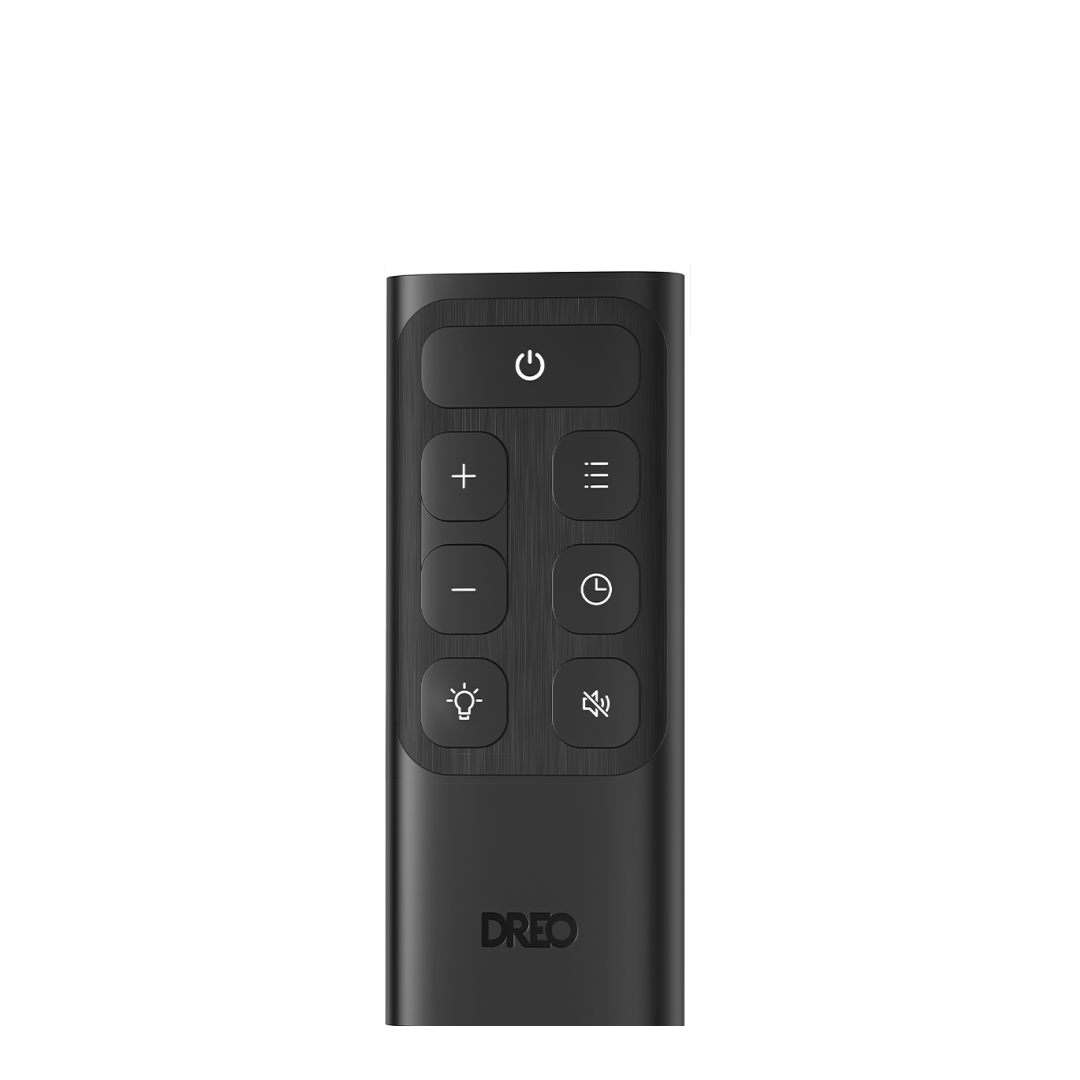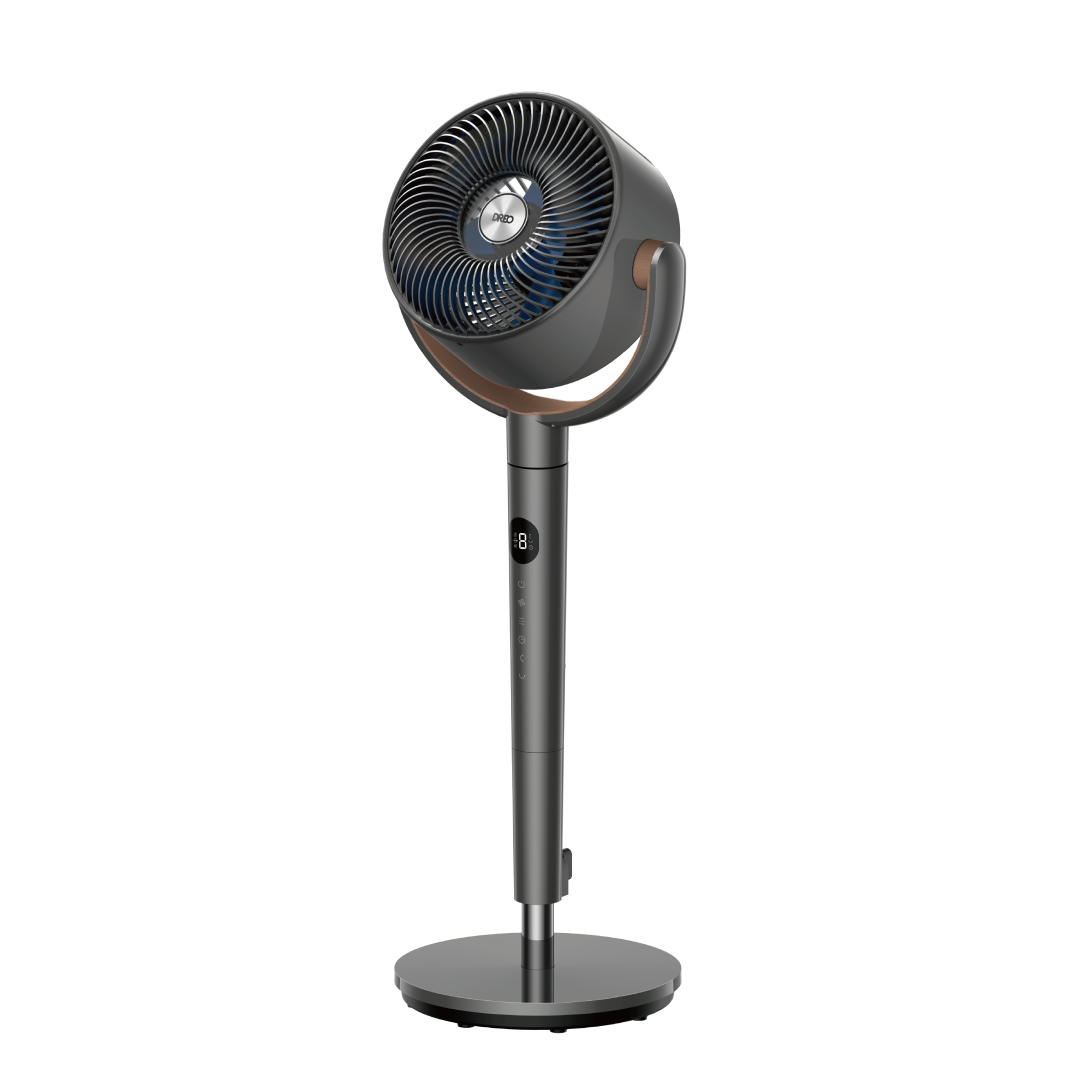Portable air conditioners are one of the easiest ways to stay cool during the warmer months. They offer the freedom to move from room to room, quick setup, and instant relief when things start to heat up. But like any appliance, they need a bit of attention to keep running smoothly — and yes, that includes draining the water that builds up while they cool your space.
In this post, we'll walk you through how to drain your portable AC using a hose with a simple, step-by-step guide that keeps things clean and easy.
Why Does My Portable Air Conditioner Need Draining?
Portable air conditioners don't just cool the air—they also remove moisture from it. As the unit pulls in warm air and cools it down, humidity from the air condenses and collects inside the system. Over time, especially in humid environments or specific cooling modes, this built-up water needs to be drained to keep the unit running efficiently and to avoid overflow.
The good news? If you're using a
DREO Portable Air Conditioner 318S or
319S, you might rarely have to worry about it. These models feature a self-evaporating system that automatically gets rid of most of the moisture during normal operation, reducing the need for manual drainage.
Step-by-Step Instructions to Drain a Portable Air Conditioner with a Hose
Step 1: Turn Off and Unplug the Unit
Start with safety. Always switch off and unplug your portable air conditioner before doing any kind of maintenance.
Step 2: Gather What You'll Need
Make sure you have the following items ready:
- The drainage hose that came with your DREO unit, or a standard garden hose
- A nearby drain, sink, drip pan, or large container
- A bit of help from gravity. The drain should be positioned lower than your AC unit to allow water to flow out easily
Step 3: Locate the Drain Port
Turn the unit around to find the drain outlet, typically located near the bottom or mid-back of the unit. It should be clearly labeled for easy identification.
- Lower port – for manual drainage when the internal tank is full
- Upper port – for continuous drainage, especially useful in Dry Mode
Carefully remove the drain cap and set it aside in a safe spot — you'll need it later.
Step 4: Connect the Hose
Connect the hose onto the drain port. Make sure it's snug to avoid leaks. If you're setting up continuous drainage, use the upper port. If you're just emptying the tank after a “P1” warning, use the lower port and let it drain into a pan.
Pro tip: Place your unit slightly higher than your drainage point if possible—it'll help the water flow more easily.
Step 5: Position the Hose
Run the other end of the hose to a drain, tub, or bucket. Avoid sharp bends or raising the hose too high—water needs a smooth downward path. If your container fills quickly, be ready to empty it before it overflows.
Step 6: Drain It
Now, simply let gravity (and DREO's design) do the work. The water will begin flowing out on its own. No need to rush or force it.
Once the unit is empty, carefully replace the drain cap, making sure it's securely sealed to keep the system tight and leak-free.
Step 7: Clean and Store
Rinse the hose, let it dry, and store it somewhere handy. It's a good idea to clean the port area too, especially after a few uses, to prevent buildup or mold.
DREO Pro Tips:
- Condensate may leak out after removing the drain cap if the unit is running in the Cool or ECO function. Make sure to prepare a drip tray (not included) to collect the leakage.
- Make sure that the height of the drain and the section of the drain hose should not be higher than that of the drain outlet, or the continuous drainage may not work properly.
- For maximum performance, during Cool or ECO function, it is recommended to disable continuous drainage by replacing the drain cap to the drain outlet.
Want to Drain Less Often? These Tips Help.
Let the AC Handle It (When It Can)
Thanks to advanced drainage-free technology,
DREO portable air conditioners are designed to automatically evaporate most of the excess moisture even in high humidity levels of up to 90%. So, unless you're living in a rainforest, you probably won't need to worry about using a hose.
Use Continuous Drainage for Dry Mode
Dry Mode is meant to reduce humidity fast, and in doing so, it pulls in lots of moisture. Setting up continuous drainage through the main outlet lets your DREO unit run longer without filling up the tank. The
DREO Portable Air Conditioner 515S or
516S makes this process simple with a dedicated upper drain port and included hose.
Keep the Drain Area Clear
A clogged port means backed-up water, which means a mess. Clean the port every month or so with a cloth, and make sure the hose path is clear of dirt or kinks.
Elevate the AC (Just a Bit)
If you're draining into a container or bathtub, try placing the unit on a small platform. Even raising it by just a couple of inches can significantly improve water flow, helping gravity do its job more effectively.
Final Takeaway
Proper drainage is essential to keep your portable AC running smoothly. With just a few steps and some basic maintenance, you can ensure that your unit stays efficient and your space stays cool and comfortable.




















































